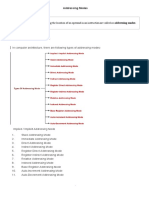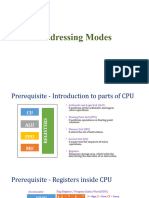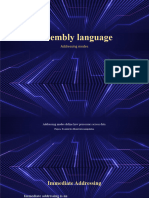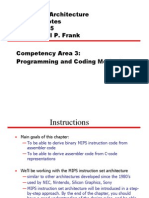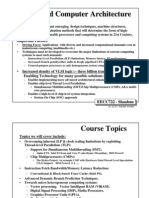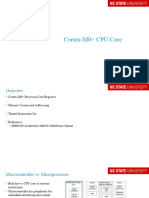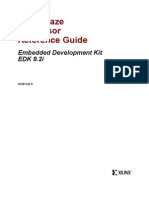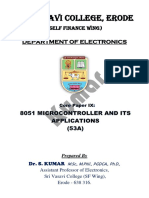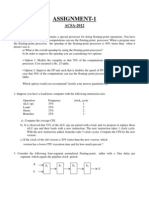0% found this document useful (0 votes)
96 views8 pagesAddressing Modes in Computer Architecture
Addressing modes are vital in computer architecture as they determine how operands are accessed in memory or registers, enhancing program efficiency. Common modes include Immediate, Register, Direct, Indirect, Indexed, Base-Register, Relative, Stack, Absolute, and Register Indirect, each with specific use cases, advantages, and limitations. Understanding these modes is crucial for optimizing code and designing effective algorithms.
Uploaded by
s4088225Copyright
© © All Rights Reserved
We take content rights seriously. If you suspect this is your content, claim it here.
Available Formats
Download as DOCX, PDF, TXT or read online on Scribd
0% found this document useful (0 votes)
96 views8 pagesAddressing Modes in Computer Architecture
Addressing modes are vital in computer architecture as they determine how operands are accessed in memory or registers, enhancing program efficiency. Common modes include Immediate, Register, Direct, Indirect, Indexed, Base-Register, Relative, Stack, Absolute, and Register Indirect, each with specific use cases, advantages, and limitations. Understanding these modes is crucial for optimizing code and designing effective algorithms.
Uploaded by
s4088225Copyright
© © All Rights Reserved
We take content rights seriously. If you suspect this is your content, claim it here.
Available Formats
Download as DOCX, PDF, TXT or read online on Scribd
/ 8






